 Search by Keyword
|
"I'LL BE BACK"
(John Lennon - Paul McCartney)
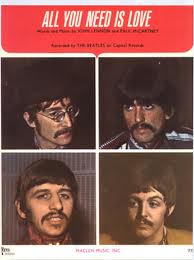 "John has an amazing thing with his timing," George Harrison stated in 1969. "He always comes across with sort of different timing things, for example 'All You Need Is Love,' which just sort of skips beats out and changes from three-four to four-four, all in and out of each other. But when you question him as to what it is, he doesn't know. He just does it naturally." "John has an amazing thing with his timing," George Harrison stated in 1969. "He always comes across with sort of different timing things, for example 'All You Need Is Love,' which just sort of skips beats out and changes from three-four to four-four, all in and out of each other. But when you question him as to what it is, he doesn't know. He just does it naturally."
While John Lennon displayed his odd sense of timing abundantly in his later "experimental" Beatle years, early evidence appears in the 1964 classic "I'll Be Back." John wrote by feel and was unencumbered by established pop songwriting rules. If he felt an additional bridge was necessary, he put one in. If it felt natural to put in a couple extra beats to a particular measure, he put them in. He may not have been aware of what he was doing according to musical terminology, but it sounded right to him and that's all that mattered. What resulted was a freedom for songwriters to express themselves as they saw fit, a freedom spearheaded by the likes of John Lennon and Paul McCartney.
Songwriting History
"'I'll Be Back' is me completely," stated John Lennon in 1980. However, while putting together his 1997 book "Many Years From Now," Paul McCartney remembers, "'I'll Be Back' was co-written but it was largely John's idea."
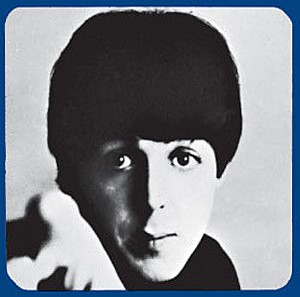 Paul's further explanation helps us understand this seeming contradiction: "When we knew we were writing for something like an album he would write a few in his spare moments...He'd bring them in, we'd check 'em...You just had a certain amount of time. You knew when the recording date was and so a week or two before then we'd get into it." Paul's further explanation helps us understand this seeming contradiction: "When we knew we were writing for something like an album he would write a few in his spare moments...He'd bring them in, we'd check 'em...You just had a certain amount of time. You knew when the recording date was and so a week or two before then we'd get into it."
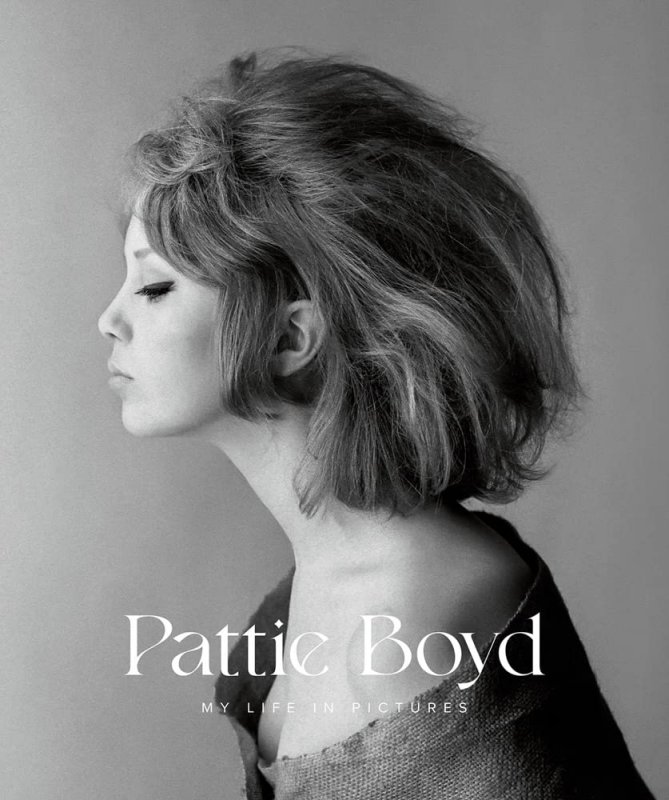 The "spare moment" that John took to write "I'll Be Back" was apparently during his vacation with his wife Cynthia, George Harrison and George's new girlfriend Pattie Boyd in Tahiti in May of 1964. Knowing that the soundtrack album for their first movie "A Hard Day's Night" needed to be completed as soon as they got back, John cranked out a few more songs while enjoying the sun. "Any Time At All" and "When I Get Home" were also thought to have been written during this vacation. The "spare moment" that John took to write "I'll Be Back" was apparently during his vacation with his wife Cynthia, George Harrison and George's new girlfriend Pattie Boyd in Tahiti in May of 1964. Knowing that the soundtrack album for their first movie "A Hard Day's Night" needed to be completed as soon as they got back, John cranked out a few more songs while enjoying the sun. "Any Time At All" and "When I Get Home" were also thought to have been written during this vacation.
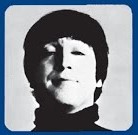 Because the odd song structure of "I'll Be Back" was more characteristic of Lennon's work than McCartney's (witness "Ask Me Why"), we can say with much certainty that the music was mostly, if not fully, written by John. Sometime within the three or four days after John's return home and before their June 1st recording date, John must have premiered the song to Paul for some finishing touches. Because the odd song structure of "I'll Be Back" was more characteristic of Lennon's work than McCartney's (witness "Ask Me Why"), we can say with much certainty that the music was mostly, if not fully, written by John. Sometime within the three or four days after John's return home and before their June 1st recording date, John must have premiered the song to Paul for some finishing touches.
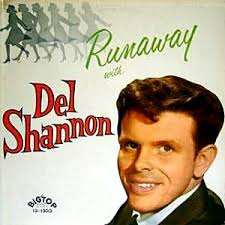 John further explained that "I'll Be Back" was the result of his "variation in the chords of a Del Shannon song." The closest fit would have been Del Shannon's biggest hit "Runaway," which spent four weeks at #1 on the Billboard Hot 100 in the US in 1961 as well as being part of The Beatles set lists in 1961 and 1962. The verses of this song contain a chord sequence which was quite ground-breaking at the time. It progresses from A minor to G, then to F, then to E, and then repeats. Lennon's follows this pattern but adds a C after the A minor. Coupling this with a similarly descending bass line, John disguised this "inspiration" in a way that no one would notice. John further explained that "I'll Be Back" was the result of his "variation in the chords of a Del Shannon song." The closest fit would have been Del Shannon's biggest hit "Runaway," which spent four weeks at #1 on the Billboard Hot 100 in the US in 1961 as well as being part of The Beatles set lists in 1961 and 1962. The verses of this song contain a chord sequence which was quite ground-breaking at the time. It progresses from A minor to G, then to F, then to E, and then repeats. Lennon's follows this pattern but adds a C after the A minor. Coupling this with a similarly descending bass line, John disguised this "inspiration" in a way that no one would notice.
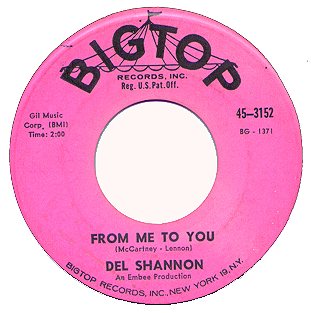 It has been suggested, though unconfirmed, that John meant to pay back Del Shannon for a favor he had done for Lennon and McCartney. On April 18th, 1963, Del Shannon shared the bill with The Beatles on a show entitled "Swinging Sound '63" at the Royal Albert Hall. Knowing that The Beatles were having trouble getting exposure in America, Del Shannon suggested he record one of their songs and release it as a single as a follow up to his recent #12 hit "Little Town Flirt." The result was his rendition of "From Me To You" which, while competing for airplay with The Beatles own version, did manage to peak at #77 on the Billboard Hot 100. Since this was the first Lennon / McCartney composition to make the Hot 100 in America, it has been suggested that John was returning the compliment by reworking the chords to Del Shannon's "Runaway" for "I'll Be Back." It has been suggested, though unconfirmed, that John meant to pay back Del Shannon for a favor he had done for Lennon and McCartney. On April 18th, 1963, Del Shannon shared the bill with The Beatles on a show entitled "Swinging Sound '63" at the Royal Albert Hall. Knowing that The Beatles were having trouble getting exposure in America, Del Shannon suggested he record one of their songs and release it as a single as a follow up to his recent #12 hit "Little Town Flirt." The result was his rendition of "From Me To You" which, while competing for airplay with The Beatles own version, did manage to peak at #77 on the Billboard Hot 100. Since this was the first Lennon / McCartney composition to make the Hot 100 in America, it has been suggested that John was returning the compliment by reworking the chords to Del Shannon's "Runaway" for "I'll Be Back."
Recording History
 Back from vacationing (and from a May 31st show at the Prince Of Wales Theatre in London), The Beatles entered EMI Studio Two on June 1st, 1964 with the duty of completing the second side of their "A Hard Day's Night" soundtrack album. Two three hour sessions were booked, the first resulting in three full songs being recorded while the second, from 7 to 10 pm, resulted in the recording of only one song, "I'll Be Back." Back from vacationing (and from a May 31st show at the Prince Of Wales Theatre in London), The Beatles entered EMI Studio Two on June 1st, 1964 with the duty of completing the second side of their "A Hard Day's Night" soundtrack album. Two three hour sessions were booked, the first resulting in three full songs being recorded while the second, from 7 to 10 pm, resulted in the recording of only one song, "I'll Be Back."
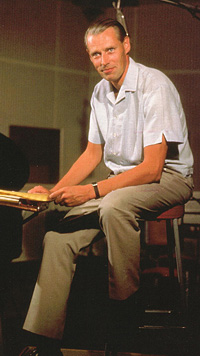 The reason that the full three hours were utilized was that they weren't quite prepared to record the song, much experimenting having been needed. They weren't even sure what time signature to use, even though it clearly was written in 4/4 time. By suggestion from either Paul or George Martin, they attempted a take in 6/8 time with electric guitars which only clumsily made it through till the second bridge. This take, "take two," can be heard on "Anthology 1," ending with the exclamation from Lennon that it was "too hard to sing." The reason that the full three hours were utilized was that they weren't quite prepared to record the song, much experimenting having been needed. They weren't even sure what time signature to use, even though it clearly was written in 4/4 time. By suggestion from either Paul or George Martin, they attempted a take in 6/8 time with electric guitars which only clumsily made it through till the second bridge. This take, "take two," can be heard on "Anthology 1," ending with the exclamation from Lennon that it was "too hard to sing."
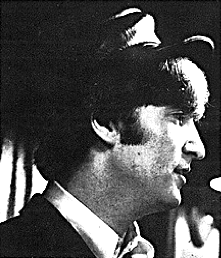 Still with electric guitars in hand, they went back to 4/4 time and recorded "take three," which can also be heard on "Anthology 1." While this suited the song much better, there were many changes yet to be made. For one, they still hadn't devised an introduction, Lennon counting off the song right on into the first verse. Secondly, only John and Paul are harmonizing at this point while, thirdly, they end the song at the end of the third bridge while John repeats "oh-oh" over and over. Still with electric guitars in hand, they went back to 4/4 time and recorded "take three," which can also be heard on "Anthology 1." While this suited the song much better, there were many changes yet to be made. For one, they still hadn't devised an introduction, Lennon counting off the song right on into the first verse. Secondly, only John and Paul are harmonizing at this point while, thirdly, they end the song at the end of the third bridge while John repeats "oh-oh" over and over.
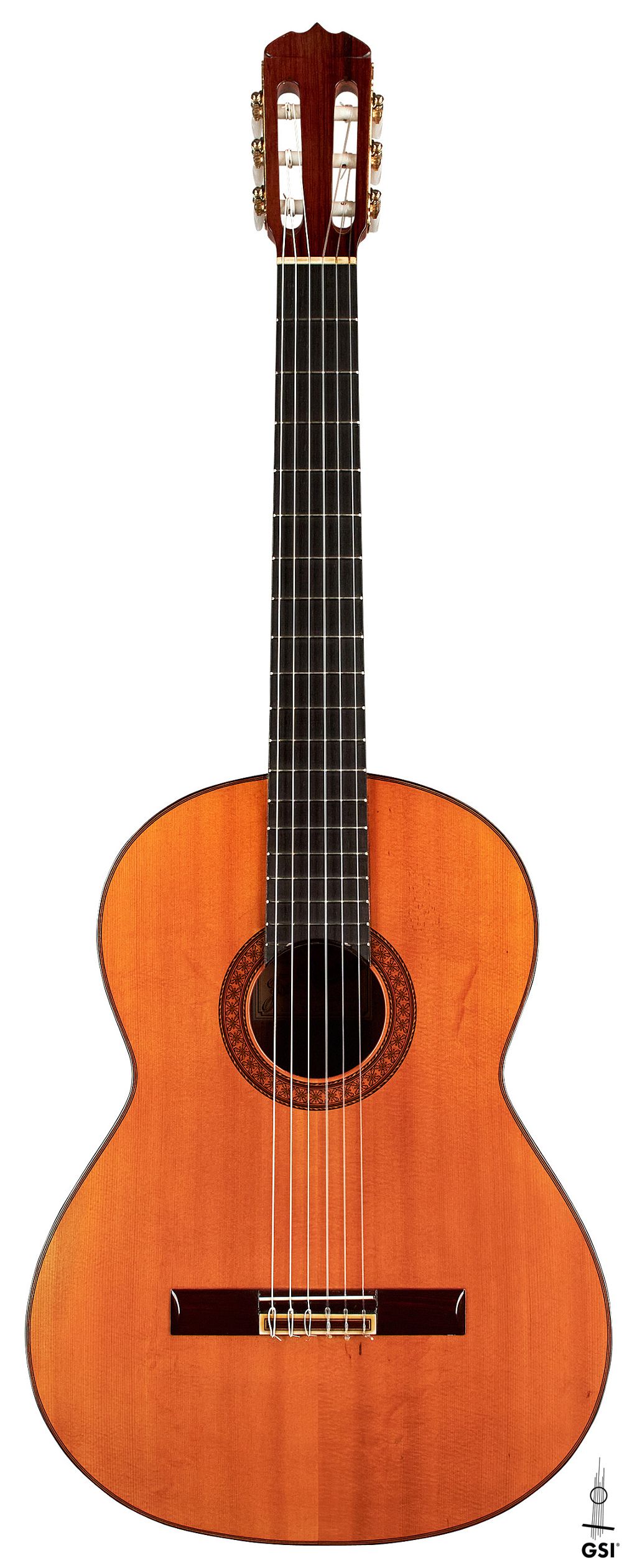 It took thirteen more attempts to refine the arrangement to that of the finished product, which included switching to acoustic guitars so as to fit the melancholy mood of the song. George Harrison was given more to do, adding a single-note higher harmony on top of John and Paul's vocal parts, which created a lush atmosphere. George also interjected a fragrant guitar phrase in appropriate places throughout the song. A repeat of the first verse was added at the end of the arrangement as well as alternating major/minor chords at the close of the song with the intention of fading during the mix stage. "Take 16" was the keeper, over which Lennon double-tracked his vocals, resulting in the effect of even richer harmonies. An acoustic guitar overdub also occured on this day which appears to have been performed by John on a 1964 Ramirez A-1 Segovia clasical guitar to thicken the acoustic feel of the song. It took thirteen more attempts to refine the arrangement to that of the finished product, which included switching to acoustic guitars so as to fit the melancholy mood of the song. George Harrison was given more to do, adding a single-note higher harmony on top of John and Paul's vocal parts, which created a lush atmosphere. George also interjected a fragrant guitar phrase in appropriate places throughout the song. A repeat of the first verse was added at the end of the arrangement as well as alternating major/minor chords at the close of the song with the intention of fading during the mix stage. "Take 16" was the keeper, over which Lennon double-tracked his vocals, resulting in the effect of even richer harmonies. An acoustic guitar overdub also occured on this day which appears to have been performed by John on a 1964 Ramirez A-1 Segovia clasical guitar to thicken the acoustic feel of the song.
 The first mono mix was created on June 10th, 1964 in the control room of EMI Studio Two by George Martin and engineers Norman Smith and Richard Langham, although this was never used. The official mono and stereo mixes of the song were done in a marathon mixing session on June 22nd, 1964 in the control room of EMI Studio One by George Martin, Norman Smith and 2nd engineer Geoff Emerick. The first mono mix was created on June 10th, 1964 in the control room of EMI Studio Two by George Martin and engineers Norman Smith and Richard Langham, although this was never used. The official mono and stereo mixes of the song were done in a marathon mixing session on June 22nd, 1964 in the control room of EMI Studio One by George Martin, Norman Smith and 2nd engineer Geoff Emerick.
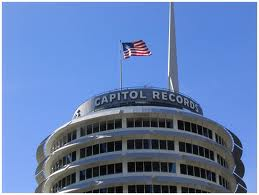 Two mono mixes were made on this day, the first for release in Britain and the second for the US. There are some subtle differences between the two. The British is slightly faster and does not appear to have any reverb, while the US mix is a little slower and has a slight touch of reverb, not to mention some noticeable "wobble" spots from an apparently defective tape. Only one stereo mix was made for the song, although Capitol did add a little more reverb as they were prone to do. It appears that the last vinyl pressing of the American "Beatles '65" album reverted back to the unadulterated stereo mix they originally received from EMI since the reverb was lessened. Two mono mixes were made on this day, the first for release in Britain and the second for the US. There are some subtle differences between the two. The British is slightly faster and does not appear to have any reverb, while the US mix is a little slower and has a slight touch of reverb, not to mention some noticeable "wobble" spots from an apparently defective tape. Only one stereo mix was made for the song, although Capitol did add a little more reverb as they were prone to do. It appears that the last vinyl pressing of the American "Beatles '65" album reverted back to the unadulterated stereo mix they originally received from EMI since the reverb was lessened.
Song Structure and Style
"I'll Be Back" features quite a long list of components within a scant two minutes and 22 seconds. The entire formula consists of 'verse/ verse/ bridge (1)/ verse/ verse/ bridge (2)/ verse/ verse/ bridge (1)/ verse' (or aabaacaaba for those who are keeping track). A short introduction and faded conclusion are also featured, but no solo or instrumental section was deemed necessary.
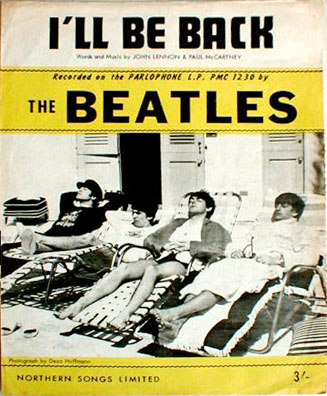 An interesting ambiguity that is encapsulated within the entire song is identifying its key. Is "I'll Be Back" in A major or A minor? The two measure introduction starts proceedings off in A major but the beginning of the first verse switches quickly to A minor. Each verse ends up back on A major but the conclusion of the song reiterates this ambivalence by continually alternating between A major and A minor as it fades off into the sunset. Apparently the identity of the key is both A major and minor! An interesting ambiguity that is encapsulated within the entire song is identifying its key. Is "I'll Be Back" in A major or A minor? The two measure introduction starts proceedings off in A major but the beginning of the first verse switches quickly to A minor. Each verse ends up back on A major but the conclusion of the song reiterates this ambivalence by continually alternating between A major and A minor as it fades off into the sunset. Apparently the identity of the key is both A major and minor!
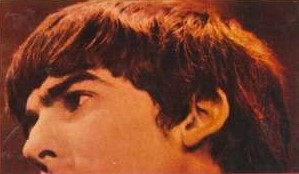 The first thing we hear in the introduction is George Harrison's four-note guitar phrase which was apparently written and introduced during the recording session (since it wasn't in existence during "take two" and "take three"). This phrase is actually heard before the one-beat of the first measure, the last note appearing on the 'four-and' beat in which the rest of the band joins in. The first thing we hear in the introduction is George Harrison's four-note guitar phrase which was apparently written and introduced during the recording session (since it wasn't in existence during "take two" and "take three"). This phrase is actually heard before the one-beat of the first measure, the last note appearing on the 'four-and' beat in which the rest of the band joins in.
 The first verse, like all of the verses, is six measures long and features three-part harmony with John's melody line being double-tracked. A descending bass line from Paul helps contain the Del Shannon-like five chord pattern, one chord per measure with a repeat of the final A major chord as a backdrop to a repeat of George's four-note guitar phrase. The first verse, like all of the verses, is six measures long and features three-part harmony with John's melody line being double-tracked. A descending bass line from Paul helps contain the Del Shannon-like five chord pattern, one chord per measure with a repeat of the final A major chord as a backdrop to a repeat of George's four-note guitar phrase.
After an identical pattern for the second verse we enter into the first bridge, which is actually 6-and-a-half measures long since Lennon instinctively decides to chop off the final two beats of the last measure. John sings this solo, but double-tracked while ending the bridge with a distinctive "oh-oh" transitional phrase repeated twice to segue nicely back into a third verse.
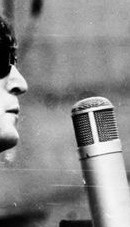 This third verse, as well as the fourth verse that immediately follows, is identical in form to the previous verses. John then premiers a completely different bridge which ends up being nine-and-a-half measures long, since he once again instinctively chops off the last two beats of the final measure. This is probably what John is referring to when he stated about the song in a 1972 interview, "a nice song, though the middle is a bit tatty." At any rate, John's dramatic lyrical phrases "if I ran away from you, that you would want me too" are contained in this bridge, which become the high point of the song. This differently formatted bridge, which is only heard this one time in the song, is similar to the other bridge only in the repeat of the "oh-oh" transitional phrases heard at the end. This third verse, as well as the fourth verse that immediately follows, is identical in form to the previous verses. John then premiers a completely different bridge which ends up being nine-and-a-half measures long, since he once again instinctively chops off the last two beats of the final measure. This is probably what John is referring to when he stated about the song in a 1972 interview, "a nice song, though the middle is a bit tatty." At any rate, John's dramatic lyrical phrases "if I ran away from you, that you would want me too" are contained in this bridge, which become the high point of the song. This differently formatted bridge, which is only heard this one time in the song, is similar to the other bridge only in the repeat of the "oh-oh" transitional phrases heard at the end.
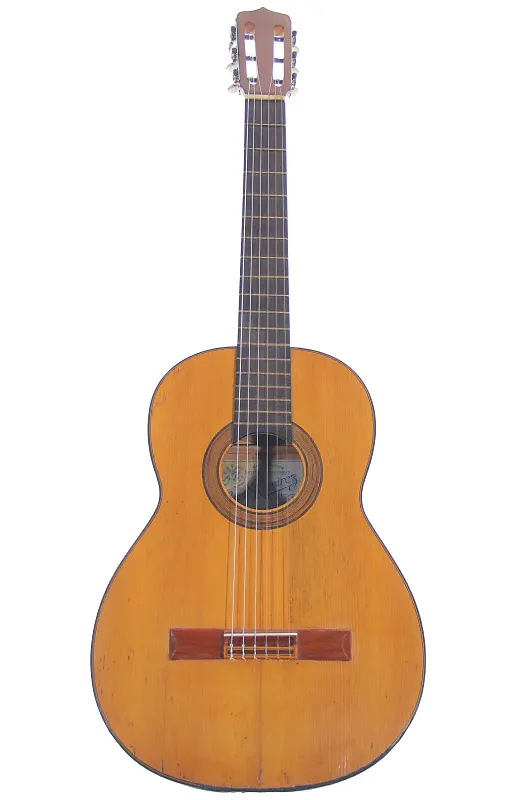 The third and fourth verses are then repeated, followed by the first bridge but with different lyrics. Afterwards, the song winds down with a repeat of the first verse, which was also a new idea introduced during the recording session evidenced by it not occurring in the complete "take three." Concluding with a repeat of the first verse proved to be a good idea since we end the song with its title, which is only the second time it was used in the song. George's four-note guitar phrase on his 1950 Jose Rameriz classical guitar is then repeated every two measures as the chord switches back and forth between A major and A minor and the song fades. The third and fourth verses are then repeated, followed by the first bridge but with different lyrics. Afterwards, the song winds down with a repeat of the first verse, which was also a new idea introduced during the recording session evidenced by it not occurring in the complete "take three." Concluding with a repeat of the first verse proved to be a good idea since we end the song with its title, which is only the second time it was used in the song. George's four-note guitar phrase on his 1950 Jose Rameriz classical guitar is then repeated every two measures as the chord switches back and forth between A major and A minor and the song fades.
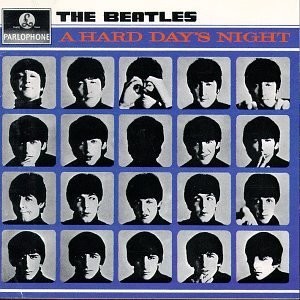 Lennon's lower-end melody line in the verses and higher register vocals in the bridges easily identify the song as primarily a 'John song,' as most of the British "A Hard Day's Night" album is confirmed to be. His convincing delivery helps us believe he is really unburdening himself to us, unlike songs with throwaway lyrics in the recent past (such as "Little Child"). His foursquare acoustic rhythm guitar work is delivered appropriately as a suitable backdrop to the song. Lennon's lower-end melody line in the verses and higher register vocals in the bridges easily identify the song as primarily a 'John song,' as most of the British "A Hard Day's Night" album is confirmed to be. His convincing delivery helps us believe he is really unburdening himself to us, unlike songs with throwaway lyrics in the recent past (such as "Little Child"). His foursquare acoustic rhythm guitar work is delivered appropriately as a suitable backdrop to the song.
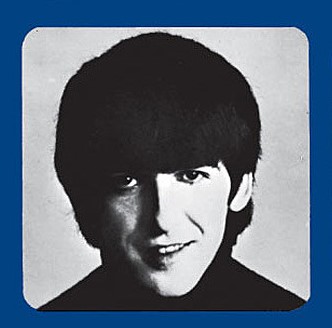 Harrison ends up delivering a compelling ingredient to the song with his recurring four-note acoustic guitar phrase as well as his syncopated triplet strums in the middle of many of the verses. His high sustained harmony vocals in the verses are done very well, something that also appears to have been thought of sometime during the three-hour recording session since it didn't exist in "take three." Harrison ends up delivering a compelling ingredient to the song with his recurring four-note acoustic guitar phrase as well as his syncopated triplet strums in the middle of many of the verses. His high sustained harmony vocals in the verses are done very well, something that also appears to have been thought of sometime during the three-hour recording session since it didn't exist in "take three."
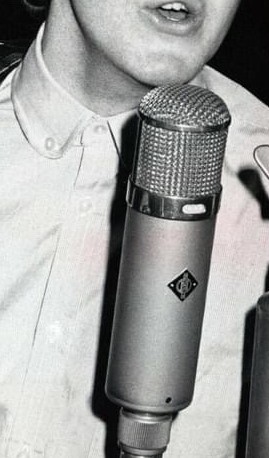 McCartney does his usual impeccable job keeping pitch on his harmonies as well as his appropriate downbeat bass work, including the above mentioned descending bass lines. Ringo does little more than keep the beat except for his occasional accents, such as in the introduction. His job turned out to be a lot easier than it would have been if they had kept the 6/8 arrangement tried in "take two," evidenced by his awkward attempts at compensating for Lennon's half measures. I'm sure he would have got it, but I think we can all agree that the song works much better in 4/4 time. McCartney does his usual impeccable job keeping pitch on his harmonies as well as his appropriate downbeat bass work, including the above mentioned descending bass lines. Ringo does little more than keep the beat except for his occasional accents, such as in the introduction. His job turned out to be a lot easier than it would have been if they had kept the 6/8 arrangement tried in "take two," evidenced by his awkward attempts at compensating for Lennon's half measures. I'm sure he would have got it, but I think we can all agree that the song works much better in 4/4 time.
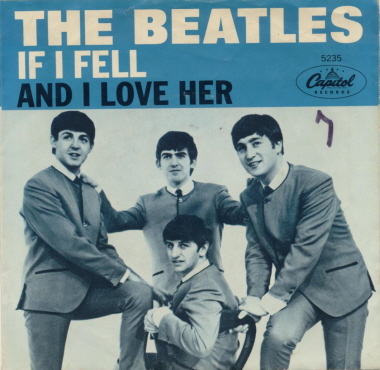 John's romantic insecurities are beginning to become a recurring theme in his lyrics as of mid 1964, as evidenced in "I'll Cry Instead" and "If I Fell." These insecurities remained evident in his work throughout the Beatle years, sometimes in a less descriptive way as in "Don't Let Me Down" and "I Want You (She's So Heavy)" toward the end of the group's career. John's romantic insecurities are beginning to become a recurring theme in his lyrics as of mid 1964, as evidenced in "I'll Cry Instead" and "If I Fell." These insecurities remained evident in his work throughout the Beatle years, sometimes in a less descriptive way as in "Don't Let Me Down" and "I Want You (She's So Heavy)" toward the end of the group's career.
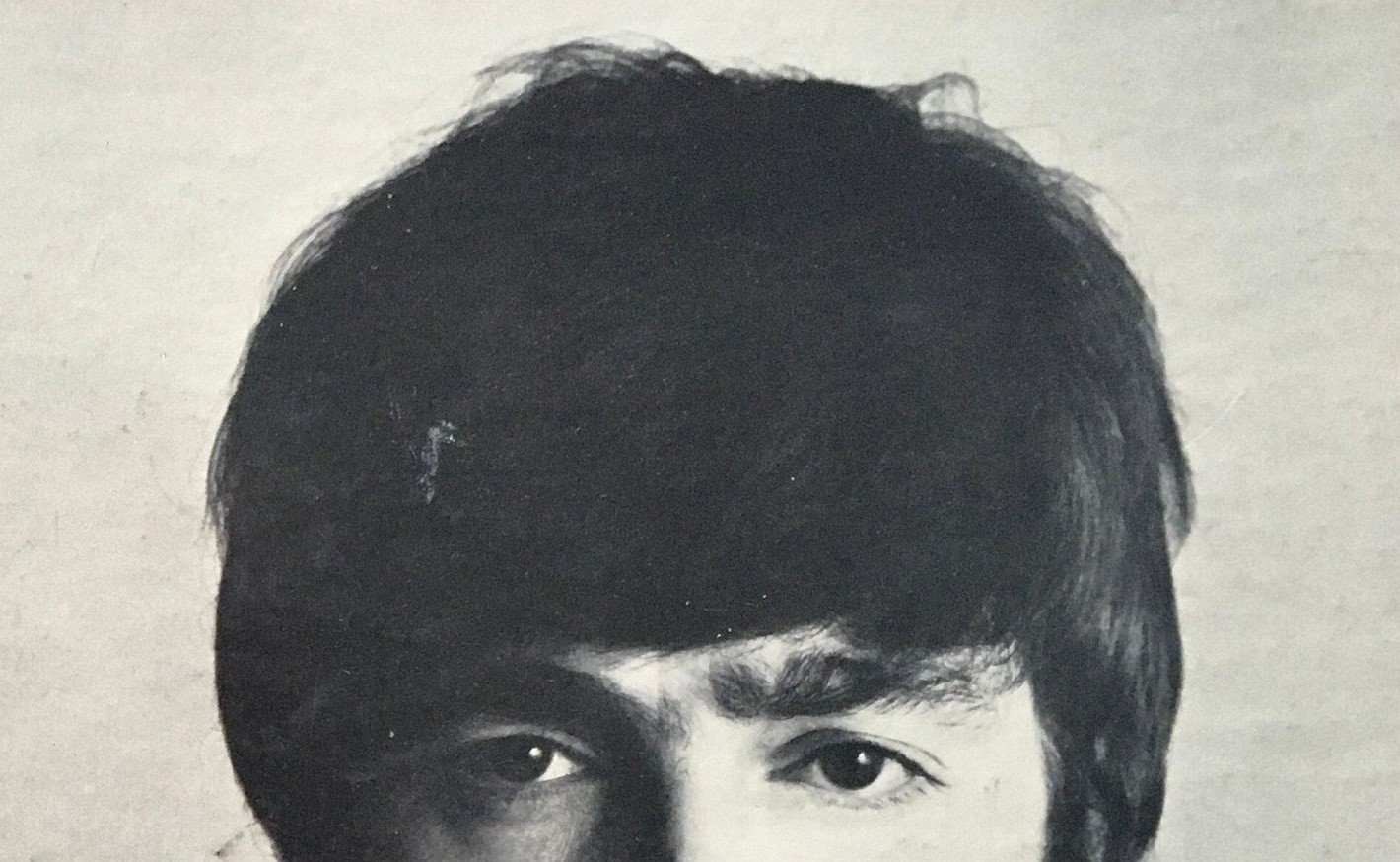 Nonetheless, this time around, the subject in "I'll Be Back" centers around his girl breaking his heart, resulting in his leaving for a short time only to return and have it happen again. "I love you so, I'm the one who wants you," John pleads apparently to no avail. He even confesses his motives in leaving, explaining "I thought that you would realize that if I ran away from you, that you would want me too." His latest return resulted in what he sarcastically refers to as a "big surprise," which is that she broke his heart again. Nonetheless, this time around, the subject in "I'll Be Back" centers around his girl breaking his heart, resulting in his leaving for a short time only to return and have it happen again. "I love you so, I'm the one who wants you," John pleads apparently to no avail. He even confesses his motives in leaving, explaining "I thought that you would realize that if I ran away from you, that you would want me too." His latest return resulted in what he sarcastically refers to as a "big surprise," which is that she broke his heart again.
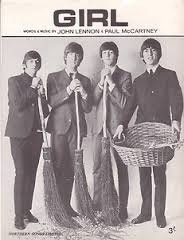 Even so, the singer is determined to attempt this plan yet another time, saying "I wanna go" but "you know I hate to leave you" since he has apparently become dependent on her love. This hopeless ambivalence is nicely pictured by the unsettling major/minor chord changes as the song fades away, depicting how the singer will probably keep repeating this pattern with the hopes that she'll finally stay true to him. Lennon himself continues this theme with "Girl" in 1965: "She promises the earth to me and I believe her, after all this time, I don't know why." Even so, the singer is determined to attempt this plan yet another time, saying "I wanna go" but "you know I hate to leave you" since he has apparently become dependent on her love. This hopeless ambivalence is nicely pictured by the unsettling major/minor chord changes as the song fades away, depicting how the singer will probably keep repeating this pattern with the hopes that she'll finally stay true to him. Lennon himself continues this theme with "Girl" in 1965: "She promises the earth to me and I believe her, after all this time, I don't know why."
American Releases
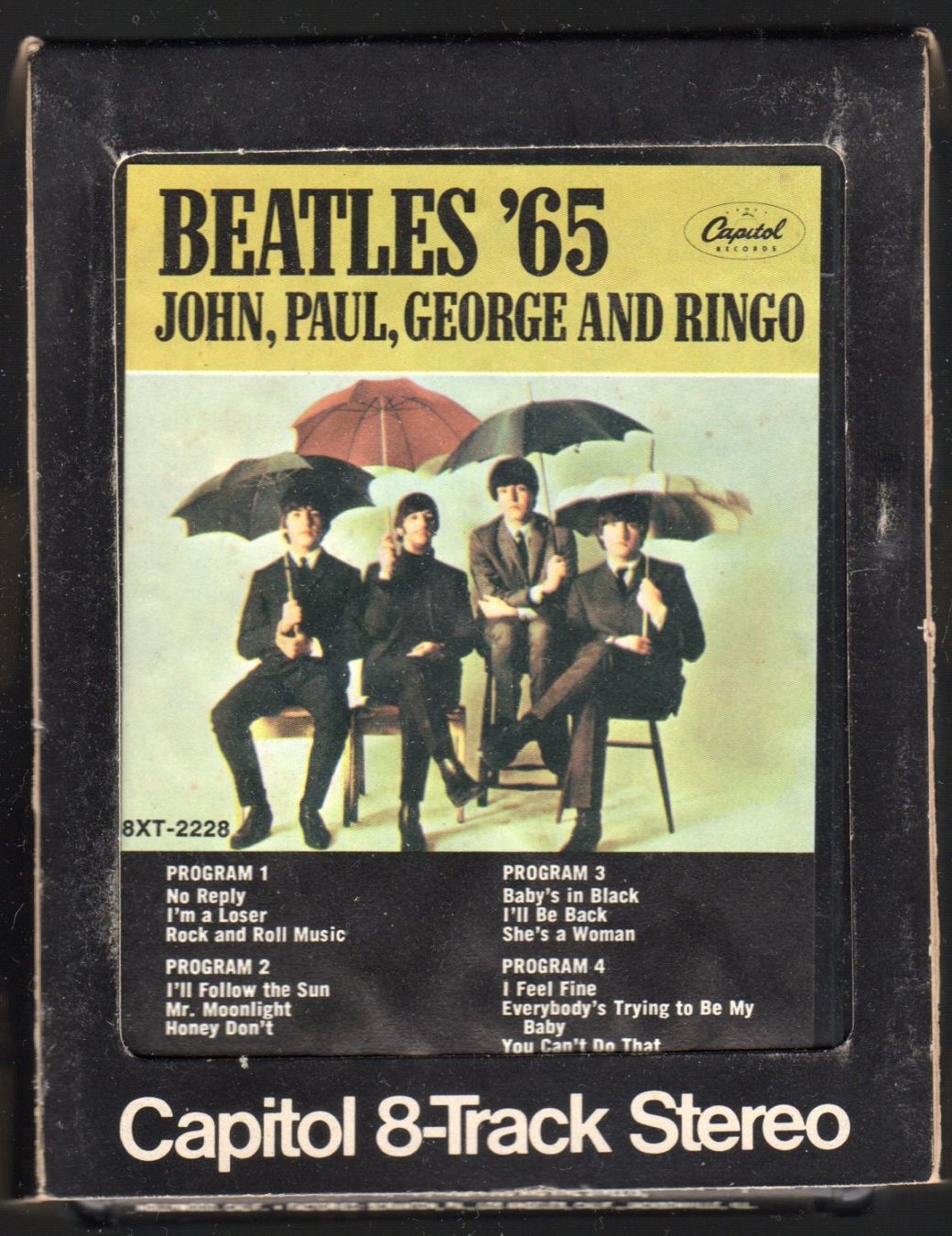 Capitol Records could easily have included "I'll Be Back" on their summer album "Something New," which included the remaining songs on the British "A Hard Day's Night" album. They instead chose to feature "Komm, Gib Mir Deine Hand" to close the album. Knowing they had a spare track remaining, they figured they better include it on the next album before it sounded outdated in comparison to newer Beatles tracks. With this in mind, "I'll Be Back" found its place on the December 15th, 1964 released album "Beatles '65." Almost no one in the US was any wiser. This album then appeared as an individual compact disc on January 21st, 2014, both the mono and stereo versions contained on a single CD. Capitol Records could easily have included "I'll Be Back" on their summer album "Something New," which included the remaining songs on the British "A Hard Day's Night" album. They instead chose to feature "Komm, Gib Mir Deine Hand" to close the album. Knowing they had a spare track remaining, they figured they better include it on the next album before it sounded outdated in comparison to newer Beatles tracks. With this in mind, "I'll Be Back" found its place on the December 15th, 1964 released album "Beatles '65." Almost no one in the US was any wiser. This album then appeared as an individual compact disc on January 21st, 2014, both the mono and stereo versions contained on a single CD.
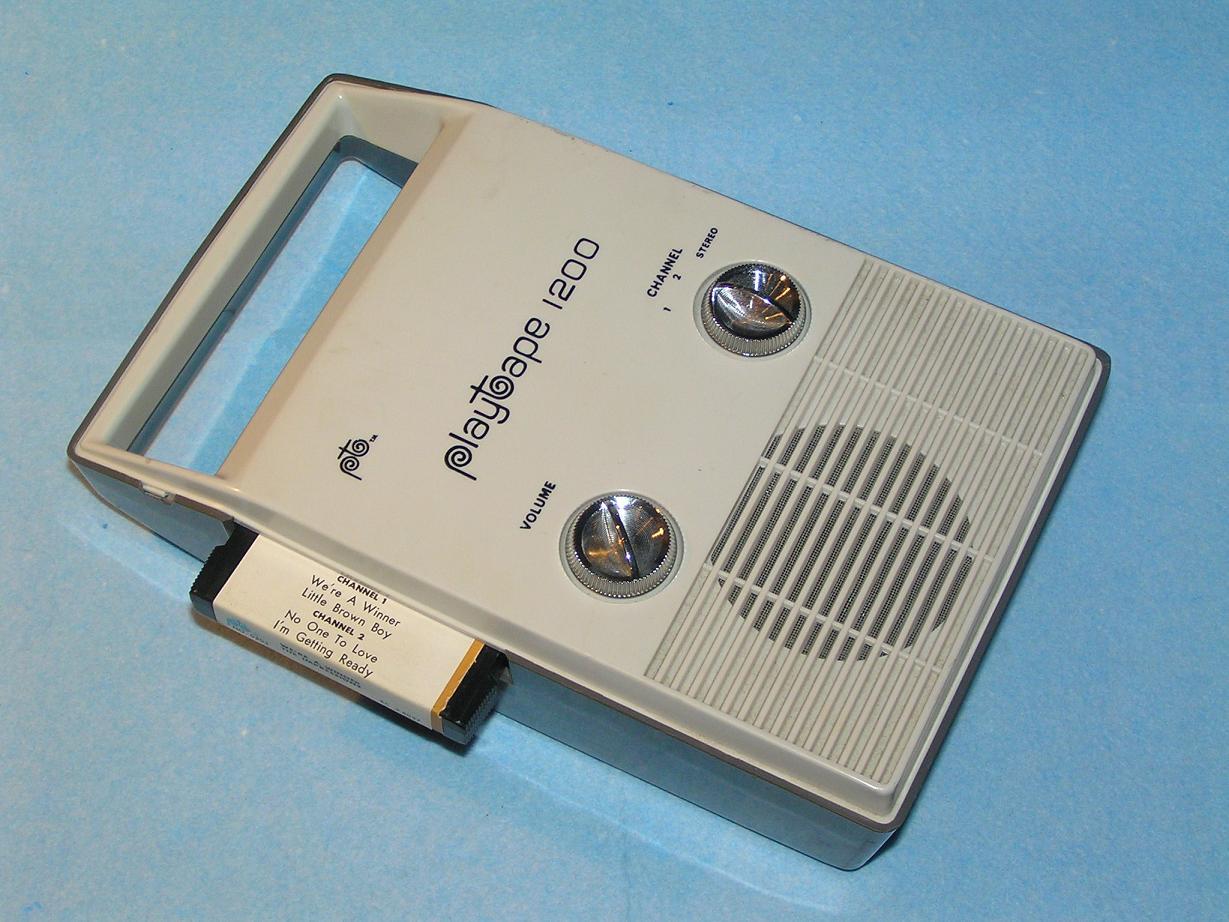 Sometime in 1967, Capitol released Beatles music on a brand new but short-lived format called "Playtapes." These tape cartridges did not have the capability to include entire albums, so two truncated four-song versions of "Beatles '65" were released in this portable format, "I'll Be Back" appearing on both of them. These "Playtapes" are highly collectable today. Sometime in 1967, Capitol released Beatles music on a brand new but short-lived format called "Playtapes." These tape cartridges did not have the capability to include entire albums, so two truncated four-song versions of "Beatles '65" were released in this portable format, "I'll Be Back" appearing on both of them. These "Playtapes" are highly collectable today.
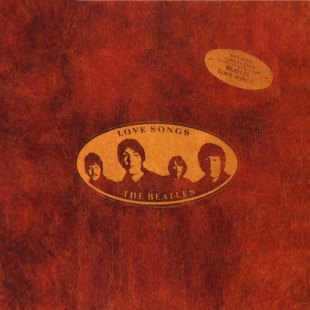 The next release of the song was October 21st, 1977, on the double-album compilation "Love Songs." Following the release of three high charting double albums in the '70s, this release only managed a showing as high as #24 on the Billboard album chart and was deleted from their catalog in the late '80s. The next release of the song was October 21st, 1977, on the double-album compilation "Love Songs." Following the release of three high charting double albums in the '70s, this release only managed a showing as high as #24 on the Billboard album chart and was deleted from their catalog in the late '80s.
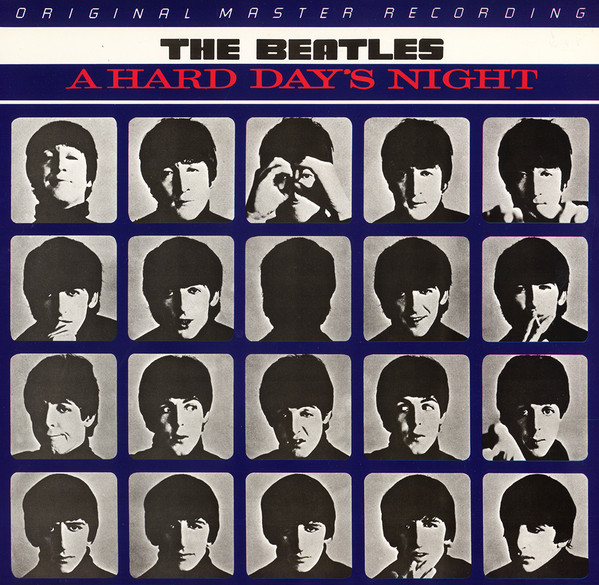 The first time the original British "A Hard Day's Night" album was made available in the US was the "Original Master Recording" vinyl edition released through Mobile Fidelity Sound Lab in February of 1987. This album included "I'll Be Back" and was prepared utilizing half-speed mastering technology from the original master tape on loan from EMI. This version of the album was only available for a short time and is quite collectible today. The first time the original British "A Hard Day's Night" album was made available in the US was the "Original Master Recording" vinyl edition released through Mobile Fidelity Sound Lab in February of 1987. This album included "I'll Be Back" and was prepared utilizing half-speed mastering technology from the original master tape on loan from EMI. This version of the album was only available for a short time and is quite collectible today.
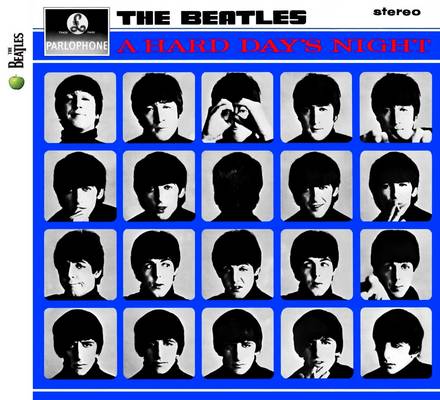 On February 26th, 1987, the original British "A Hard Day's Night" album, featuring "I'll Be Back" as the final track, was released in the US on compact disc, the vinyl edition coming out on July 21st, 1987. While this release was in mono only, the stereo remastered version of the CD came out on September 9th, 2009, the vinyl version coming out on November 13th, 2012. On February 26th, 1987, the original British "A Hard Day's Night" album, featuring "I'll Be Back" as the final track, was released in the US on compact disc, the vinyl edition coming out on July 21st, 1987. While this release was in mono only, the stereo remastered version of the CD came out on September 9th, 2009, the vinyl version coming out on November 13th, 2012.
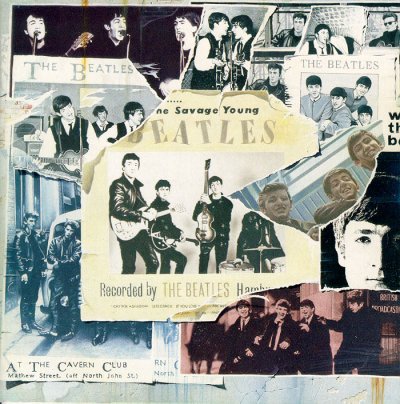 The highly anticipated "Anthology 1" album was released on November 20th, 1995, which featured both "take two" and "take three" of "I'll Be Back." These interesting highlights of the album gave a glimpse of the experimentation that The Beatles habitually went through in the recording studio. Since this album soared to the top of the Billboard album chart and went quadruple-platinum, a lot of Beatles fans got to take this glimpse. The highly anticipated "Anthology 1" album was released on November 20th, 1995, which featured both "take two" and "take three" of "I'll Be Back." These interesting highlights of the album gave a glimpse of the experimentation that The Beatles habitually went through in the recording studio. Since this album soared to the top of the Billboard album chart and went quadruple-platinum, a lot of Beatles fans got to take this glimpse.
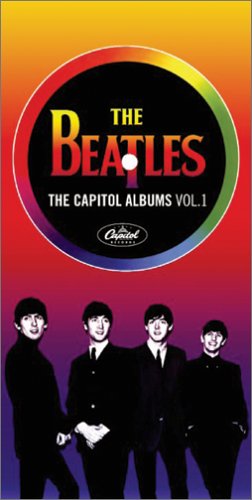 To temporarily satisfy the demand to hear the early Beatles catalog in stereo, Capitol decided to make the stereo masters they had in their vaults available to the public in the form of the box set "The Capitol Albums, Vol. 1." The "Beatles '65" album was featured in this box set in both stereo and mono as originally released in America in 1964 (with some slight bass tweaking). To temporarily satisfy the demand to hear the early Beatles catalog in stereo, Capitol decided to make the stereo masters they had in their vaults available to the public in the form of the box set "The Capitol Albums, Vol. 1." The "Beatles '65" album was featured in this box set in both stereo and mono as originally released in America in 1964 (with some slight bass tweaking).
On September 9th, 2009, the CD box set called "The Beatles In Mono" was released. This new box set featured the entire mono Beatles catalog including a crisp and clear remastered version of the original mono mix of "I'll Be Back." The vinyl edition of this box set was first released on September 9th, 2014.
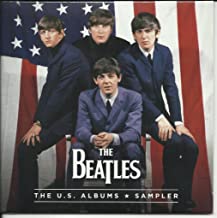 To promote the newly released 2014 box set "The US Albums," a 25-song sampler CD was manufactured for limited release on January 21st, 2014, this disc containing the mono mix of "I'll Be Back." To promote the newly released 2014 box set "The US Albums," a 25-song sampler CD was manufactured for limited release on January 21st, 2014, this disc containing the mono mix of "I'll Be Back."
Live Performances
Although The Beatles acknowledged openly that they were happy with how the song turned out in the studio, they apparently didn't feel it would go over well with their audiences. Therefore, they never included the song in any concert performances. They also declined featuring the song in any of their BBC radio shows of the time.
Conclusion
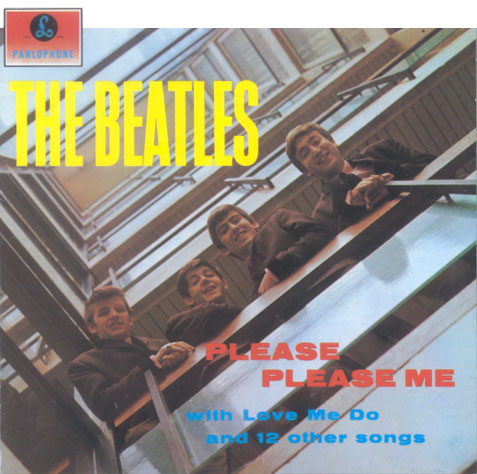 It had been the established pattern for The Beatles to conclude their albums with a rousing cover song, as evidenced by their first two British albums (witness "Twist And Shout" on the "Please Please Me" album and "Money (That's What I Want)" on the "With The Beatles" album). Their recent knock-out performance of "Long Tall Sally" may have been a contender to close the album at one point, but its inclusion on the British EP of the same name precluded that idea. It had been the established pattern for The Beatles to conclude their albums with a rousing cover song, as evidenced by their first two British albums (witness "Twist And Shout" on the "Please Please Me" album and "Money (That's What I Want)" on the "With The Beatles" album). Their recent knock-out performance of "Long Tall Sally" may have been a contender to close the album at one point, but its inclusion on the British EP of the same name precluded that idea.
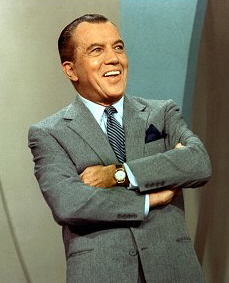 Therefore, their third British album, "A Hard Day's Night," closed with an original Lennon / McCartney composition that was mellow, emotive and mature. Instead of being blown away by a killing rock'n'roll performance at the end of the album, the final impression this time around was that The Beatles were progressing as songwriters. As the alternating major and minor chords of "I'll Be Back" faded into the distance, we recognized that we could expect much more from "these youngsters from Liverpool" (to quote Ed Sullivan) than just shaking heads and the ability to make teenage girls scream. Therefore, their third British album, "A Hard Day's Night," closed with an original Lennon / McCartney composition that was mellow, emotive and mature. Instead of being blown away by a killing rock'n'roll performance at the end of the album, the final impression this time around was that The Beatles were progressing as songwriters. As the alternating major and minor chords of "I'll Be Back" faded into the distance, we recognized that we could expect much more from "these youngsters from Liverpool" (to quote Ed Sullivan) than just shaking heads and the ability to make teenage girls scream.
Song Summary
"I'll Be Back"
Written by: John Lennon / Paul McCartney
-
Song Written: May 1964
- Song Recorded: June 1, 1964
- First US Release Date: December 15, 1964
- First US Album Release: Capitol #ST-2228 "Beatles '65"
- US Single Release: n/a
- Highest Chart Position: n/a
- British Album Release: Parlophone #PCS 3058 "A Hard Day's Night"
- Length: 2:22
- Key: A major / A minor
- Producer: George Martin
- Engineers: Norman Smith, Ken Scott
Instrumentation (most likely):
- John Lennon - Lead Vocals, Rhythm Guitar (1964 Ramirez A-1 Segovia)
- Paul McCartney - Bass Guitar (1963 Hofner 500/1), Harmony Vocals
- George Harrison - Lead Guitar (1950 Jose Ramirez Classical), Harmony Vocals
- Ringo Starr - Drums (1964 Ludwig Super Classic Black Oyster Pearl)
Written and compiled by Dave Rybaczewski
|
IF YOU WOULD LIKE TO MAKE A DONATION TO KEEP THIS WEBSITE UP AND RUNNING, PLEASE CLICK BELOW!
Sign Up Below for our MONTHLY BEATLES TRIVIA QUIZ!
|